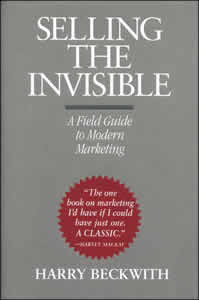We have just opened a very small retail shop which carries fine children’s clothing, toys, and other gifts. Our main concern is how to attract new people to this shop, and for our grand opening, especially because we have an extremely small budget. Our main benefit is that we We are a sister company to a large swimming instructional school which is located right next door. We know that our main group of customers will be from the swim school, and we are already completely making use of that customer base. My main concern is getting new people in the door for our grand opening in a couple of weeks. We are going to be flyer-ing cars with a small discount attached and we are doing a pass along email to friends and family. The grand opening is going to be week long, and we are doing daily giveaways and a grand prize. But, we can’t even afford a mailer right now.
###
Jay’s Answer: Have you offered a referral bonus to customers that the swim school refers? If there’s a swim team, give the bonus to the team to pay for gas, cover-ups, etc.
Where do the parents go when their kids are taking swim classes? Make it your store by offering free drinks and snacks (comarket with a local snack shop) and a cool place to sit and read.
When kids are waiting for their class to start, or for their parents to pick them up, where do they wait? Can you offer to set up a small game room for them to use?
Also: consider an essay contest (“Why I want to win the prize”) for a shopping spree. Post the entries on a wall, let everyone vote for their favorite (using an email address?). A press release about the contest would be a natural for the local newspapers to pick up on.



